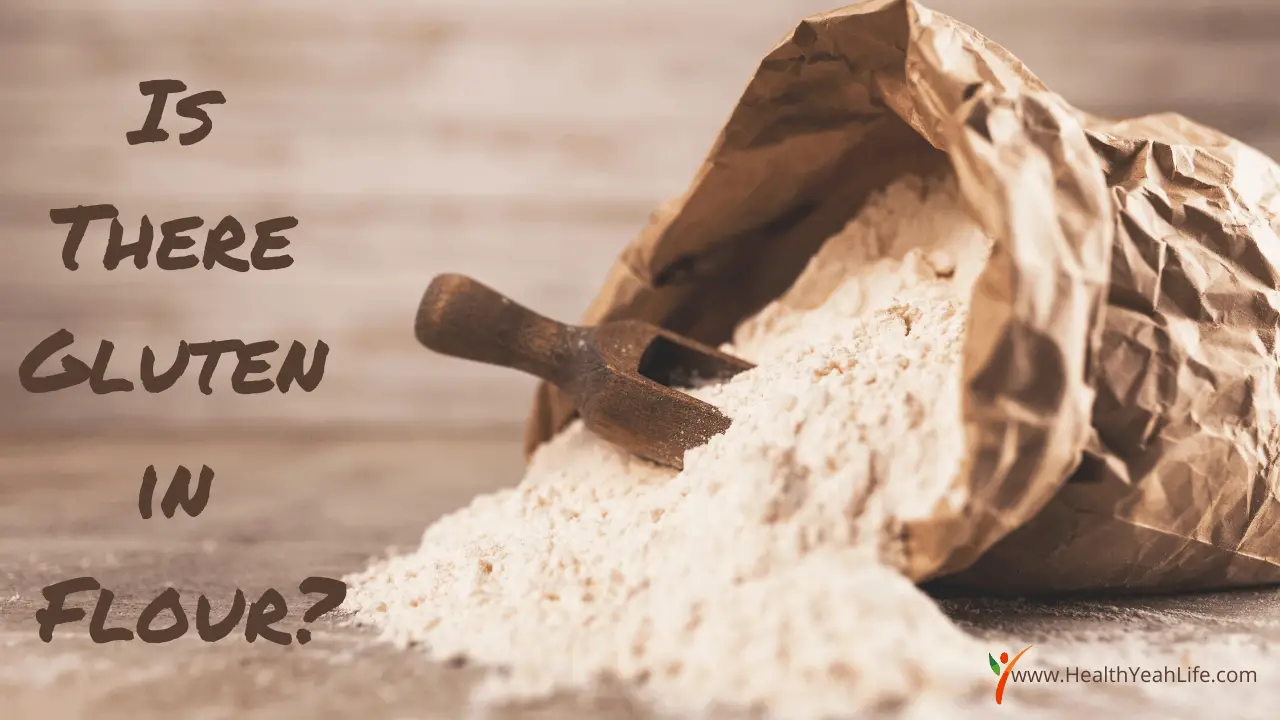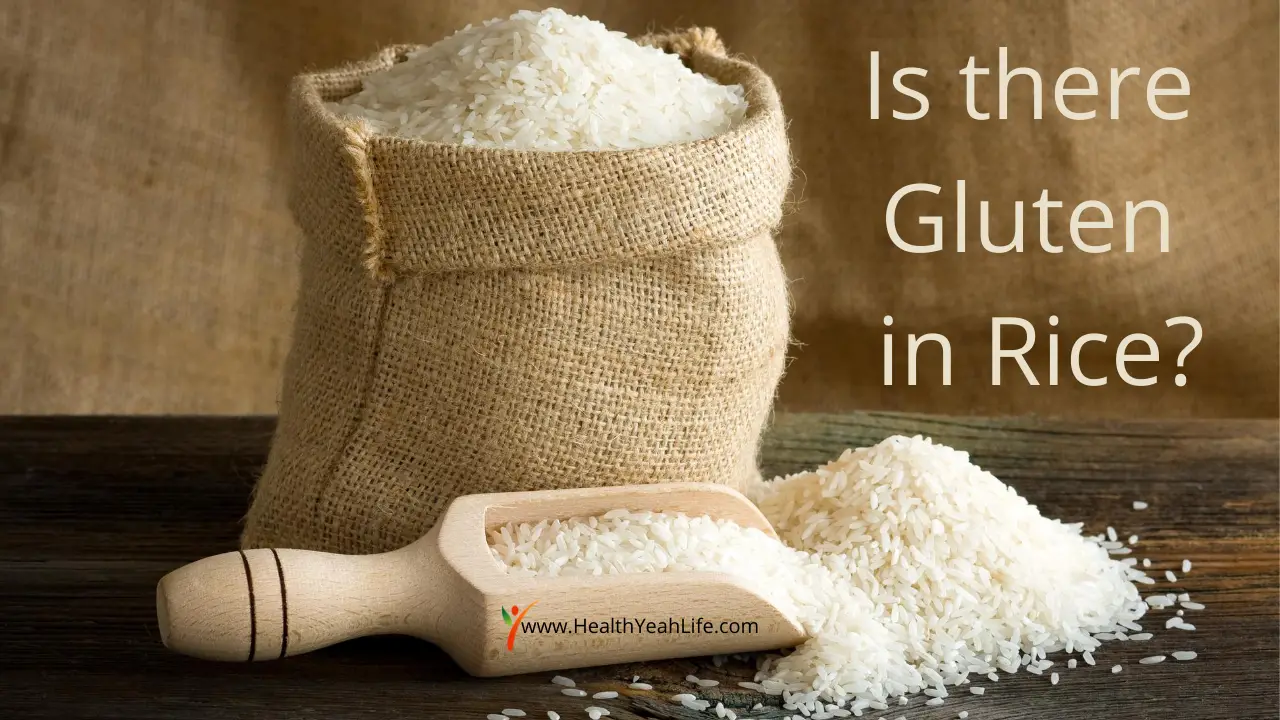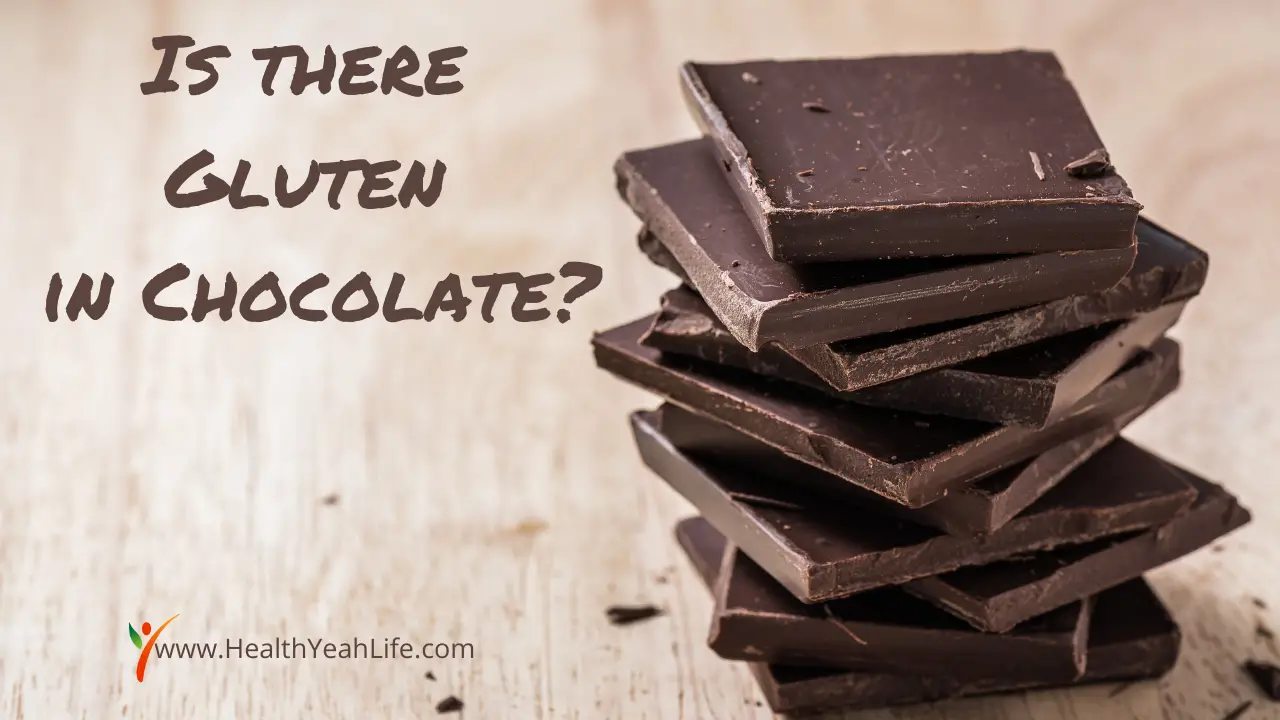
There’s no sugarcoating it; gluten is an essential component in the making of flour. Ultimately, this might mean problems for those following a gluten-free diet due to celiac disease, gluten intolerance, or for healthier lifestyle purposes.
Many often assume ‘flour’ only means wheat flour, which has gluten in it. But, you don’t have to eliminate flour from your life if you’re going gluten-free. Gluten does help in the elasticity and maintenance of the shape of flour and helps it rise.
Although you still have many types of gluten-free flour at your disposal as long as you know what to buy, you will be fine. Thus, here’s a guide to help you start on a gluten-free diet without having to delete flour completely.
What to Avoid?
Of course, the first question would be, what types of flour to avoid on a gluten-free diet? Generally, flour does commonly come in the form of wheat flour. Since wheat is a product of gluten components, wheat flour is bound to contain gluten as well.
Moreover, wheat flour is labeled as ‘flour’ only under the FDA’s terms. This means you’ll have to search for gluten-free options more extensively since the ‘flour’ only labeling might make it problematic. Hence, the best way to go is to avoid all products that label ‘flour’ only.
Simultaneously, any products with ‘whole wheat flour' or ‘wheat flour’ labeled are also to be avoided at all costs. On the contrary, flour, with food-item labelings such as ‘rice’ or ‘corn’ are safe for a gluten-free diet.
Gluten-free Flour Options For Your Diet

By now, you might be assuming that you’ve been limited in the flour regime on a gluten-free diet. However, that’s not the case. While flour does need starch, the starch doesn’t have to be a glutenous grain.
With the increasing trend in a gluten-free diet, you can easily find flour produced from various grains. Almonds, chestnuts, potatoes, etc. are all grains that further provide gluten-free flour products.
Your best go-to is to look for an FDA-approved ‘gluten-free’ labeling since they adhere to proper gluten-free guidelines. Here are a few types of flour you can add to your gluten-free routine:
Almond Flour-
As the name suggests, almond flour is made from whole almonds, one of the best alternatives to traditional wheat flour. Moreover, it has built a name for itself in the baking area since almond flour gives both the texture and taste for your dishes. It’s also loaded with nutrients such as magnesium, calcium, potassium, fiber, and protein.
Buckwheat Flour-
Another great alternative, buckwheat flour is made from buckwheat grains. The all-natural grains do not contain gluten making this an ideal gluten-free option. Additionally, buckwheat flour is known for its robust and earthy flavor especially in baking loaves of bread. Our advice is to mix it with other flour types and make a combination to balance out its crumbly texture.
Rice Flour-
Rice flour comes in two forms, made from either white rice or brown rice. Try going for brown rice flour since it has an increased percentage of packed nutrients such as fiber and protein. The bran in brown rice adds a nutritious touch to rice flour. Simultaneously, rice flour acts as a fantastic base flour for many foods such as pasta, bread, and baked items.
Sorghum Flour-
Sorghum flour gets its name from a traditional cereal grain that has been cultivated for centuries. It is a dense flour. It acts as a providence of protein and fiber as well as helps with digestion. You can use sorghum flour on its own if you prefer or combine other flours. However, take precautions and ensure it’s gluten-free since sorghum is cultivated with other wheat-containing products.
Coconut Flour-
Another nutrient-rich alternative is coconut flour, which is one of the favorites for those following gluten-free diets. Coconut flour is produced from coconuts that are firstly dried and then ground for a powder-like result. One of the significant advantages of this mildly coconut-tasting flour is that its low on carbs, hence, a healthy choice.
But Are They All Safe?

Once you’re well-equipped with the knowledge of gluten-free flour types, you should be asking- are they all safe to consume? When dealing with a gluten-free diet, you’ll need to remain cautious of two things, especially if you have celiac disease.
Firstly, there is always the risk of cross-contamination in gluten-free flour during the harvesting process. In simple words, similar equipment for both gluten and gluten-free ingredients can contaminate gluten-free components. Hence, remain cautious of this aspect and always check with the manufacturer for risks of cross-contamination.
Moreover, the exclusion of wheat might mean the product has other gluten components in the flour. Check the ingredients carefully to ensure that the flour you’re buying is free from wheat grains and other gluten components.
The second aspect you should be checking into is carbohydrates quantity. Due to the exclusion of gluten components, gluten-free goods might have higher numbers of calories and carbohydrates.
While these alternative options might be saving you from gluten, your body will still suffer. Consequently, try to go for alternative options that balance both calories and total carbohydrates alongside being gluten-free.
Reading the Labels- Why is it Important?

Baked gluten-free items are more eligible to satisfy your taste buds, with more and more people going gluten-free. Although, the problematic part is that they’re still not “all that” in the nutritional component.
One of the things you need to know is that gluten-free baked items certainly aren’t as nutrition-packed as whole wheat. Wheat flour is filled with vitamins, minerals, and fiber, which alternative options lack in providing. Hence, read the labels of the gluten-free products you’re buying carefully, especially the nutrient panel. This will help you avoid a significant lack of nutrition when going on a gluten-free lifestyle.
Additionally, reading labels can come in helpful when you’re trying to watch your calories. People going gluten-free tend to avoid checking calories on products, which then leads to weight problems. Opposingly, you might even start gaining weight rather than losing it on this diet if you don’t watch your calories. For this reason, ensure everything you eat is gluten-free and checks in with your daily calorie allowance.
Tips & Tricks for Using Flour in Gluten-Free Diet

We all need some tips and tricks to help us out now and then. Here are a few that guarantee you are enjoying the gluten-free life without healthily restricting yourself.
- Healthy Alternatives- When shifting to alternative gluten-free options, try going for nutritious choices to bake and cook your meals. Flour types such as coconut flour, almond flour, chickpea flour, sorghum flour, and buckwheat flour can help ensure this. Additionally, you can use tapioca flour to enhance your food texture, especially with baked items. This will help you get both the texture and guarantee the nutrients you’ll need on a daily gluten-free diet.
- Avoid Overusing Rice Flour- While rice flour is another option to whole wheat flour, avoid overconsumption. This is because the overuse of rice flour can cause diseases due to the arsenic element in it. Understandably, rice is a common alternative in gluten-free diets, hence not completely avoidable. However, try limiting your intake and choose better options. Alternatively, you can also contact the manufacturer to ask for the arsenic tests and the rice's origin. Rice grown in certain areas may contain significantly lesser amounts of arsenic elements than others.
- Go Natural- It’s a common assumption that all gluten-free products are great for your health. However, that’s not always the case. Many often switch to processed food alternatives for gluten-free meals. But processed foods might contain artificial and additional components that are equally harmful to your health, if not more. Do your body a favor and switch to natural ingredients instead. You’ll avoid tons of ingredients that are harmful to your body and live your best gluten-free life!
Conclusion
For a brief overview, you don’t have to kick out flour from your gluten-free life! As long as you avoid gluten components, and choose healthier options, you’re good to go. Enhance the nutrition and taste of your food by adding natural ingredients rather than processed products. Other than that, there are numerous gluten-free flour recipes that you can try to keep your daily meals entertaining.





